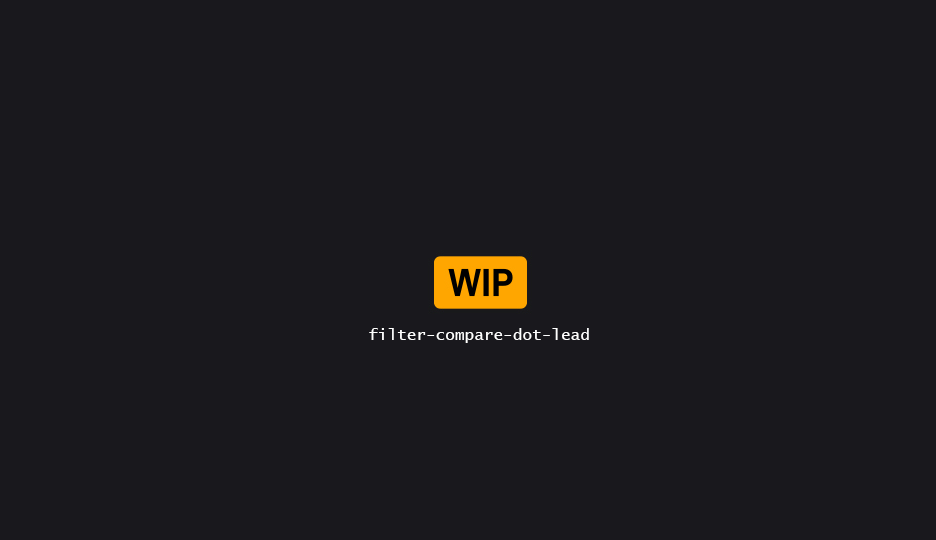A single filter definition
Table of content
The Dot Filter compares the dot product value of two directions.

Properties
| Property | Description |
|---|---|
| Operand A | |
| Operand A | The first attribute of the comparison. Read as FVector direction.
|
| Transform Operand A | If enabled, the Operand A direction will be transformed by the tested’ point transform. |
| Operand B | |
| Compare Against | Type of operand B. Can be a per-point Attribute, or an easily overridable Constant. |
| Operand B (Constant or Attribute) | Operand B value, used to compute the dot product with. Read as FVector direction.
|
| Transform Operand A | If enabled, the Operand A direction will be transformed by the tested’ point transform. |
Dot Comparison Details
| Property | Description |
|---|---|
| Comparison | Which comparison to use. See Numeric comparisons. |
| Dot Units | Let you choose to work either with normalized dot range (-1 / 1) or degrees.This affects how the attribute Dot value will be interpreted as well. |
| Unsigned Dot | When enabled, the comparison will occur against an absolute dot value. This is especially useful when testing against undirected lines. |
| Dot Value | The type of value used for this probe’ search radius; either a Constant value or fetched from anAttribute
|
| (Dot or Degrees) Constant | Constant to compare against. |
| (Dot or Degrees) Attribute | Constant to compare against. |
| (Dot or Degrees) Tolerance | Comparison tolerance, if the selected comparison is an approximative (~) one. |
Comparison modes
| Comparison | Data |
|---|---|
| == | Strictly equal. |
| != | Strictly not equal. |
| >= | Equal or greater. |
| <= | Equal or smaller. |
| > | Strictly greater. |
| < | Strictly smaller. |
| ~= | Nearly equal. |
| !~= | Nearly not equal. |
Approximative comparison will reveal an additional parameter, dubbed
Tolerance. This represents the size of acceptable approximation for the comparison to pass. For example, when checking if0.5 ~= 0.4with a tolerance of0.1will returntrue.
Large tolerances can be a great, cheap way to achieve results akin to a “within range” comparison!